With a focus on research-based Ayurveda products more than just dietary supplements, Boston-based Dr Ritika Shah’s brand Herbostra shows you how to use traditional Indian formulations in an easy manner on a daily basis.
(November 6, 2023) Her father has been associated with the Ayurveda industry for over three decades. And, Dr Ritika Shah, who grew up with Ayurvedic remedies being given to her as a child for colds and coughs, decided to pursue the same field of medicine. She has completed her Bachelor’s and Master’s degree in Ayurveda, specialising in Rasa Shastra and Bheshjaya Kalpana or research and development of Ayurvedic formulations, in other words. Married to an IT professional, Vinit Tougani, she is currently studying for her second Master’s degree at the University of Massachusetts, Lowell, in Boston. Ritika says, “The reason I am doing a second Master’s degree is to learn analytical techniques like those that are used in the pharma industry. Modern technology and evidence-based techniques and information are not yet used for Ayurvedic products to a large extent because they continue to be made the traditional way. There is this gap that I want to fill with my products.”

Ritika Shah brings Ayurveda to modern wellness through Herbostra
In 2018, Ritika launched her company called Herbostra, with a bouquet of ten products in 2019, at Cosmoprof, a pharma and health exhibition held annually in Bologna, Italy. All the products, still on the market, are her Ritika’s own innovations. Based on the concepts of Ayurveda, she has tweaked them for ease of use in one’s daily life. She says, “Usually, one associates Ayurveda with a lot of products needing prep work, like boiling a powder or churna to make a kadha or a concoction; then consuming 30 ml of it through the day etc. Other medicines or supplements are also prescribed in a similar manner. What I have done is simplified the process. My products are like nutraceuticals; they aid wellness.”
Ayurveda for Good Health
She reiterates that her products are not medicines. “Our products can help with various issues. Only two of our products – the digestive bitters and the diabetes-based diet infusion cubes – can be considered as medicines. The diabetes diet cube is the heartwood of the Vijaysar tree, also known as the Indian Kino, or Pterocarpus Marsupium; this tree is native to India. It is used in the treatment of diabetes. One needs to soak the cube overnight in water and drink this concoction the next morning to regulate sugar levels. The water’s taste doesn’t get altered, only the colour changes. There are no active ingredients in it.”
The digestive bitters too have been adapted to a modern-day lifestyle. “People know about angostura bitters, which are used in alcohol and non-alcohol-based drinks. Those bitters are not natural, made from quinine, they have a chemical base. They are not safe for consumption if you are pregnant. Herbostra’s bitters are natural and safe. I have made a concentrated version of the digestive bitters; and reduced the usual 30 ml required dose to two or three drops. You can add up to eight to ten drops of these bitters to anything from your cup of tea or coffee to a salad or a soup. Adding them to a soup will mask the taste but the benefits of the actives are still absorbed by the body. These bitters restore the balance in the gut and are effective for problems like acidity, IBS and to improve digestion,” she tells Global Indian.
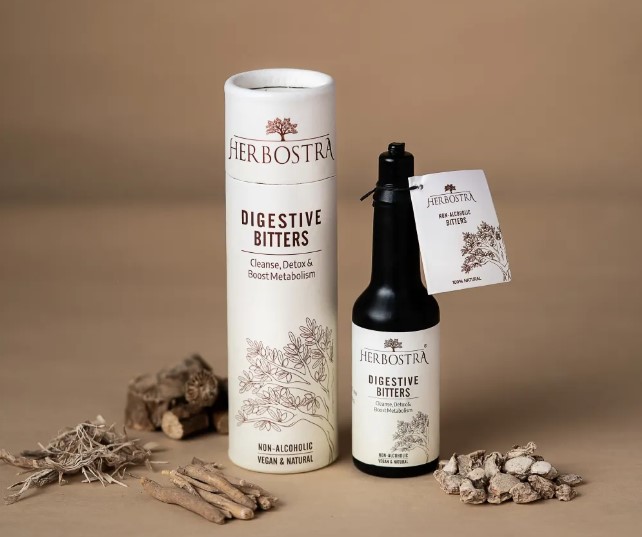
Her products combine Ayurveda with contemporary wellness techniques to make pocket-friendly products that are sold around the world.
All-round hygiene
Her product range includes 15 different items currently. Available in India, Belgium, Italy and the Netherlands, Ritika plans to acquire all the licences and certifications needed to market her brand in the US in the near future. Other items under the Herbostra umbrella include the Irimedadi toothpaste, an oil pulling mouthwash, probiotic hand cream and body lotion, a ghee-based lip balm, neem and camphor soap, balsamic air freshener, nourishing mother oil, destress massage oil, digestive bitters, turmeric pellets, and diet infusion cubes.
With a tongue-twister for the name of a toothpaste, and one that elicits no foam when used, how does Ritika convince people, Indians and Europeans, to try it? She says, “The USP of the toothpaste is that it is sulphate-free, unlike other brands. Our toothpaste is also fluoride-free; it contains neem, which is a natural fluoride. People object to using parabens and sulphates in their shampoos, but don’t realise that when they use toothpastes which contain these ingredients, these chemicals go into their mouths which is far worse. The main ingredient used is the bark of the Irimed or the willow tree. It belongs to the same family as the babool tree. We explain the benefits to our customers and it is our best-seller.”
Turmeric: Golden Child of the West
The one product which needs customers need no convincing for is turmeric. The West has recently woken up to the benefits of haldi, specifically, haldi wala doodh. Known in other parts of the world as turmeric latte or golden milk. Ritika agrees, “We all have had it since we were children, every time we caught a cold. Now, people here are realising its benefits.” Herbostra’s turmeric, in pellet form, is 90 percent curcumin and one percent black pepper extract, which is needed to increase curcumin’s absorption by the human body. Ritika says, “You can add one pellet to any brew like tea or coffee; you can even crush it into a spoon of pure ghee or sprinkle it over your salad [if olive oil is used in the dressing]. The important thing to remember is that curcumin from turmeric is not water soluble; it is fat soluble. Hence, we used to drink it in milk. You can add it to tea or coffee if you are having it with milk; to your food if it is cooked in oil, as oil is also a form of fat. And vegans can use coconut oil or coconut milk to consume it.”

Ritika’s pricing is also pocket-friendly. She says that her products are neither as expensive as some of the high-end brands, nor as inexpensive as the more generic ones. For example, the oil-pulling mouthwash is priced at Rs 295 for a 100 ml bottle and the toothpaste is priced at Rs 195. With plans to launch more products in the near future, and with a second Master’s degree to better aid her research, Ritika and Herbostra is truly taking Ayurveda to the world.


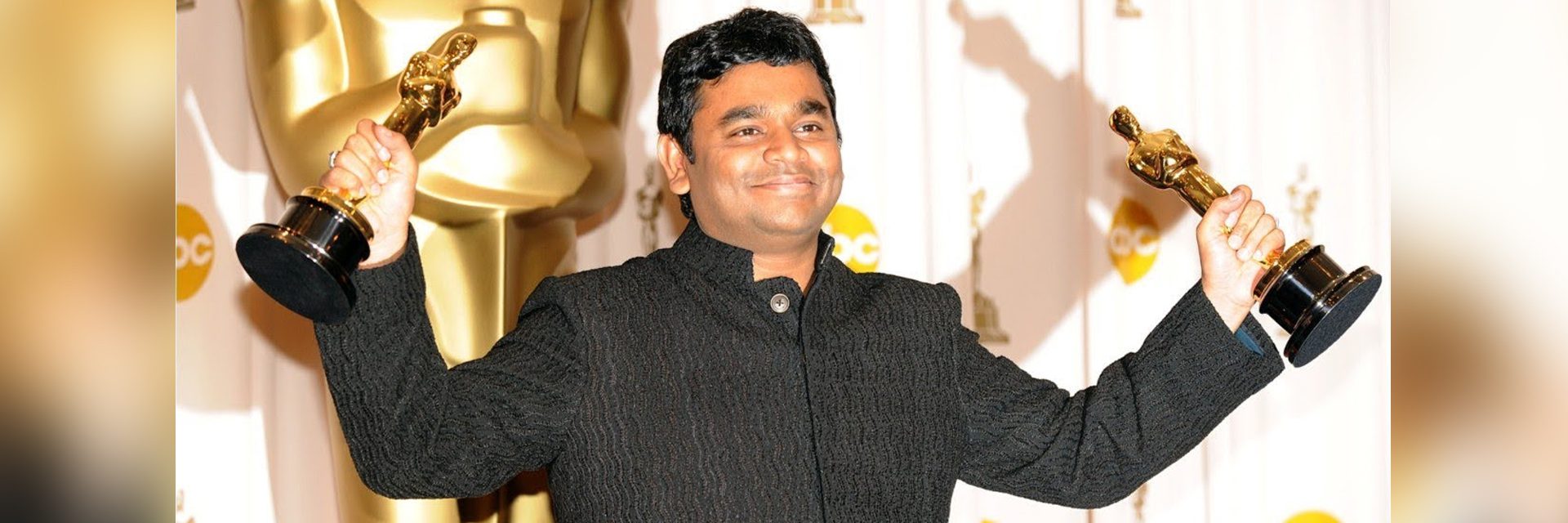
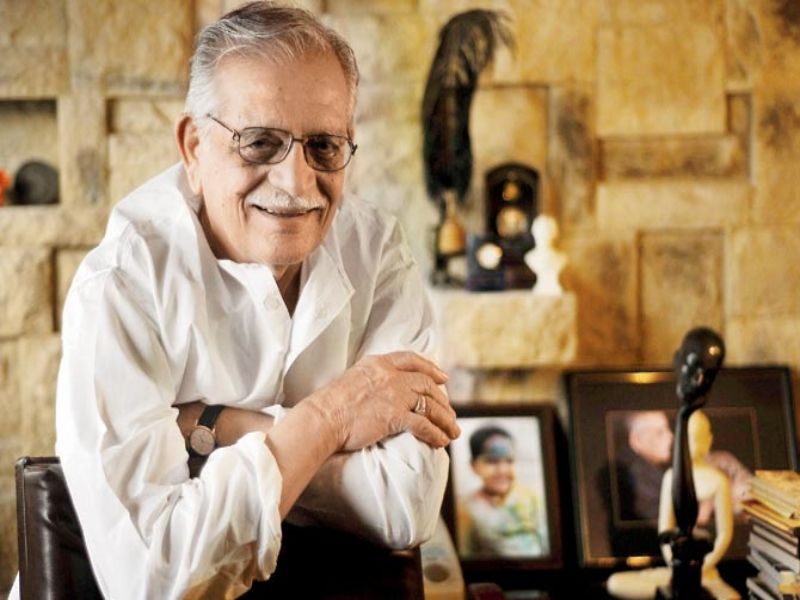


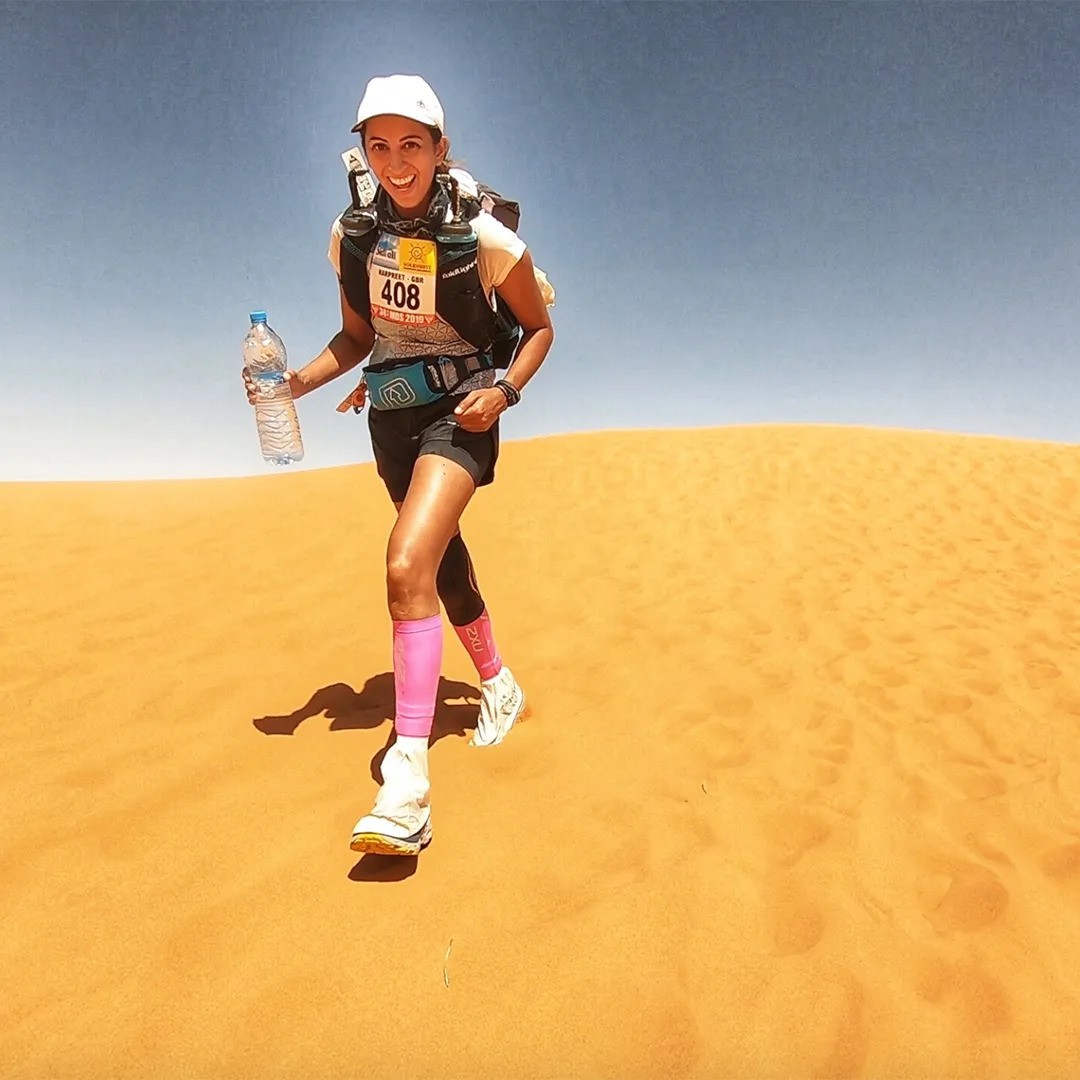 Capt. Chandi during the Marathon des Sables ultramarathon in the Sahara[/caption]
Capt. Chandi during the Marathon des Sables ultramarathon in the Sahara[/caption]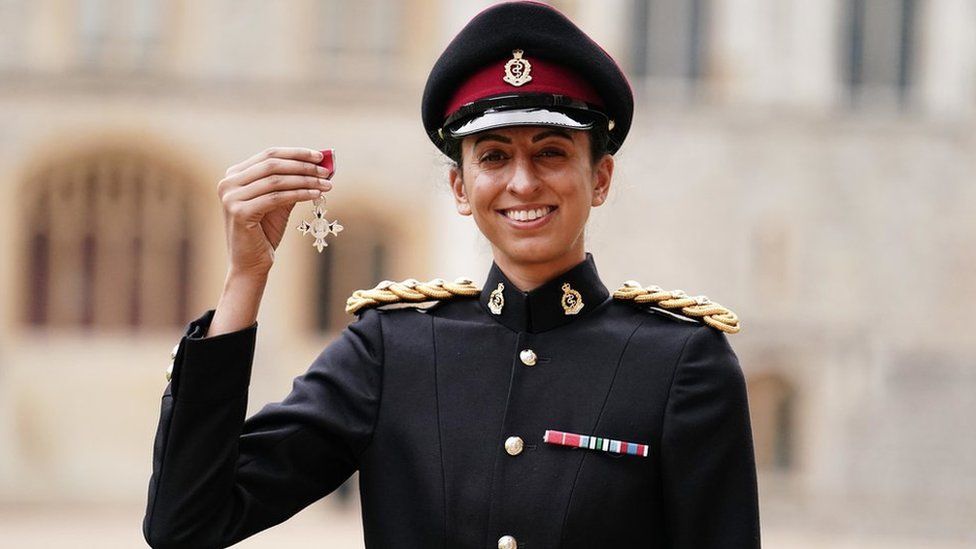 Capt. Chandi was honoured with the MBE in 2022[/caption]
Capt. Chandi was honoured with the MBE in 2022[/caption]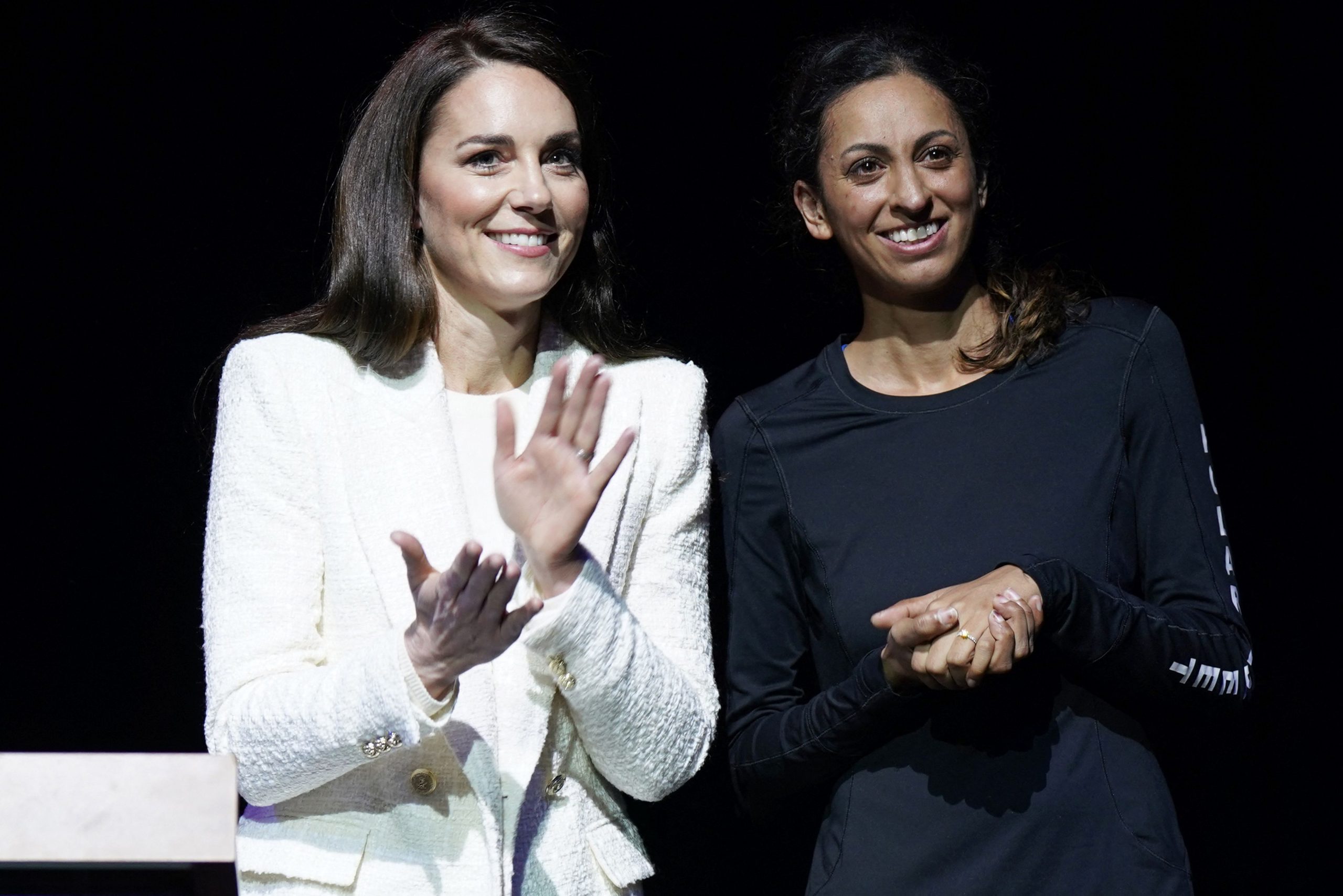 Capt. Chandi, with Her Royal Highness, Catherine, Princess of Wales[/caption]
Capt. Chandi, with Her Royal Highness, Catherine, Princess of Wales[/caption]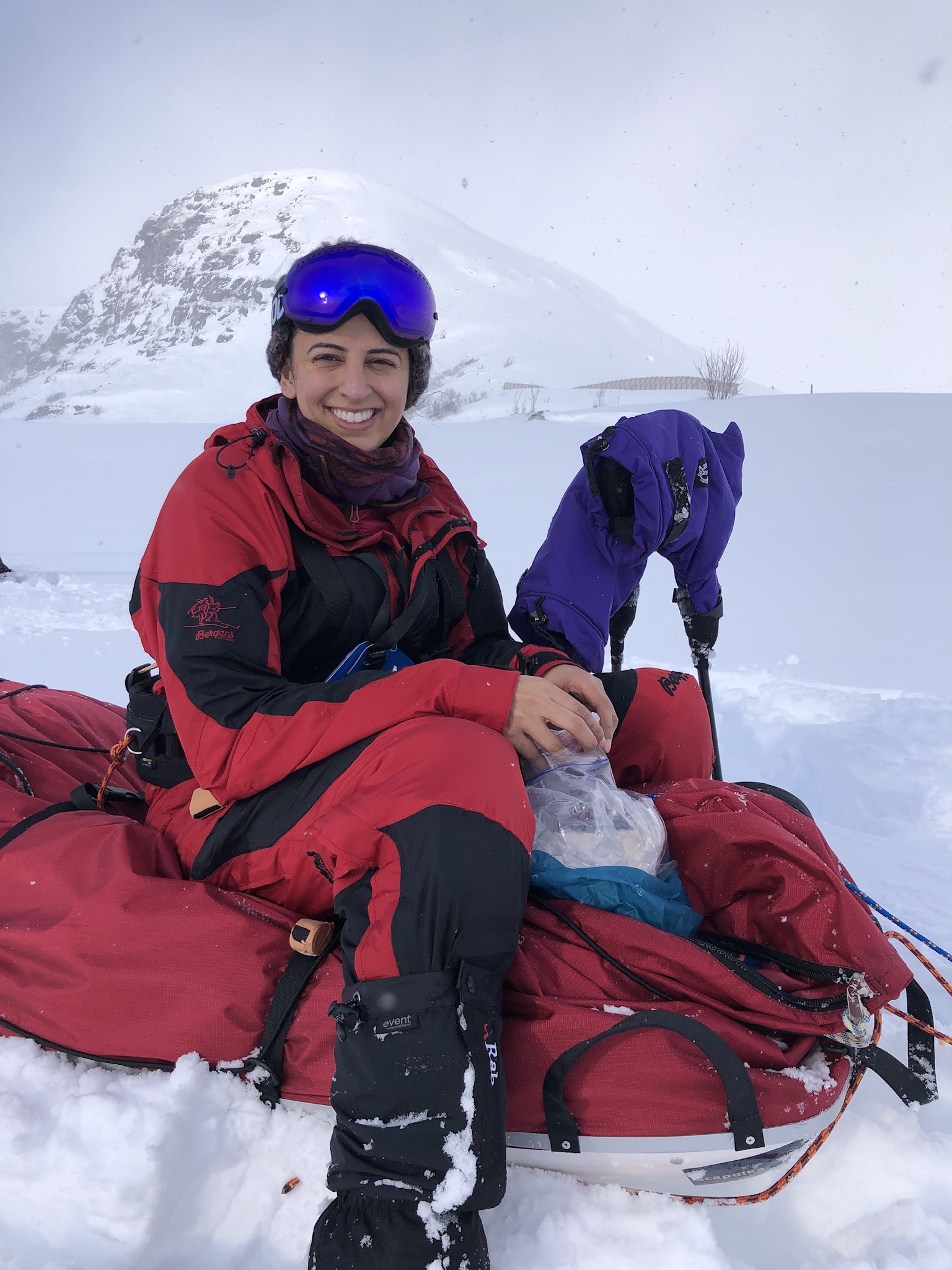
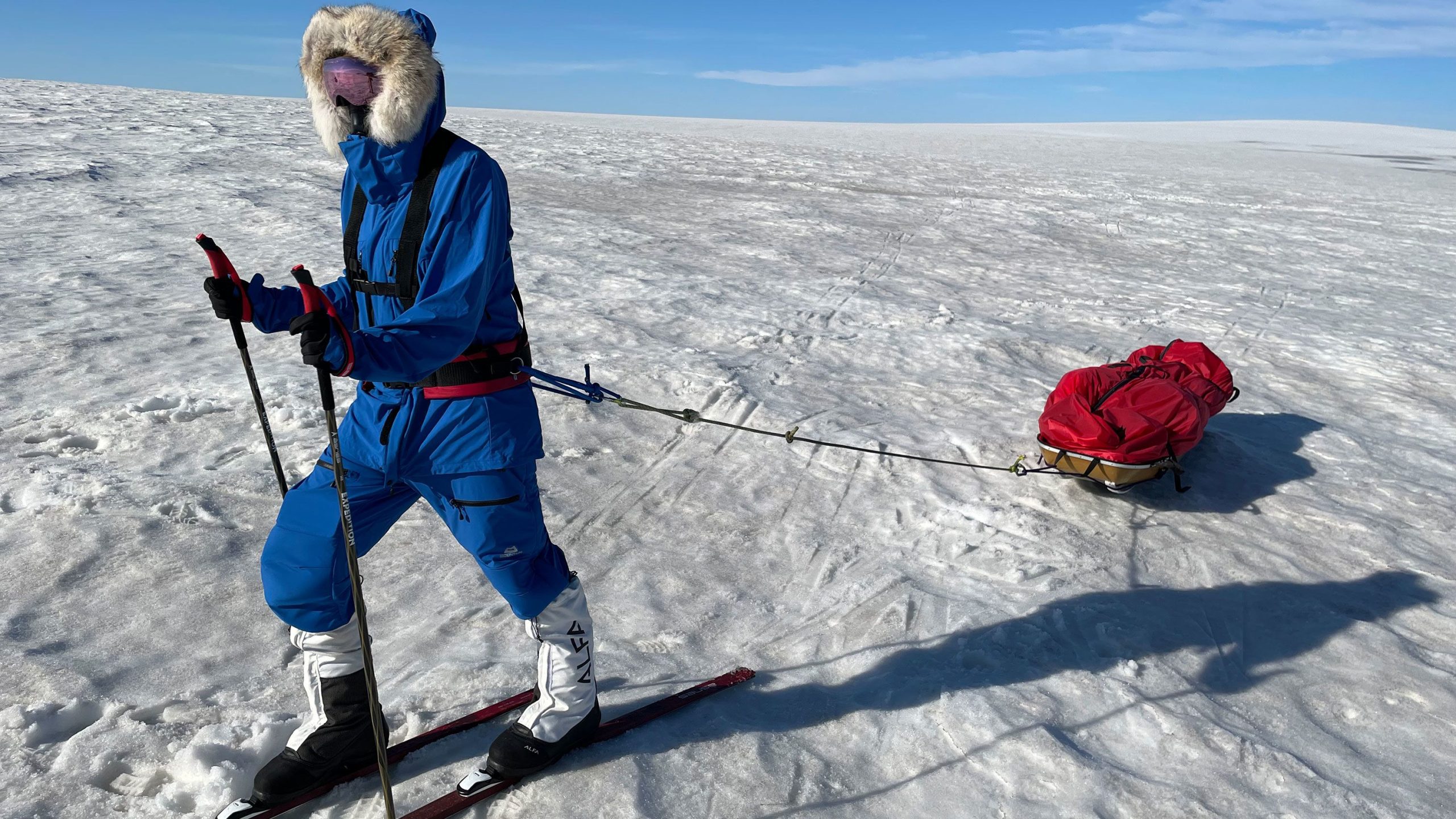

 Capt. Preet Chandi at the South Pole[/caption]
Capt. Preet Chandi at the South Pole[/caption]
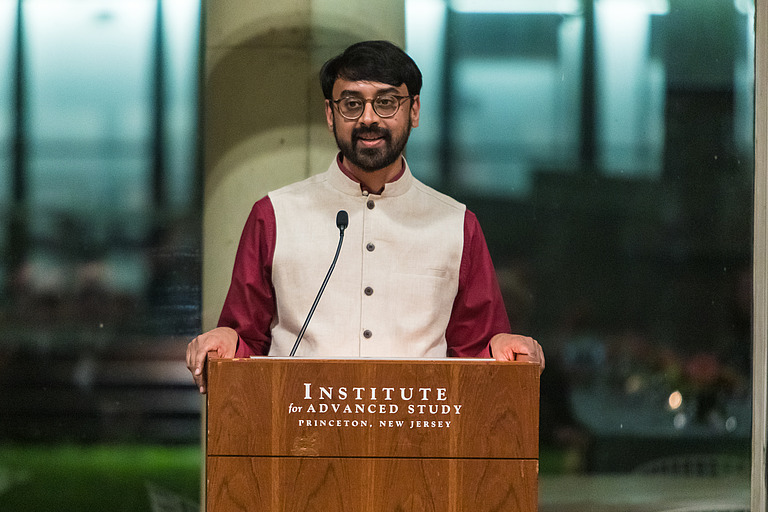 Manjul Bhargava[/caption]
Manjul Bhargava[/caption]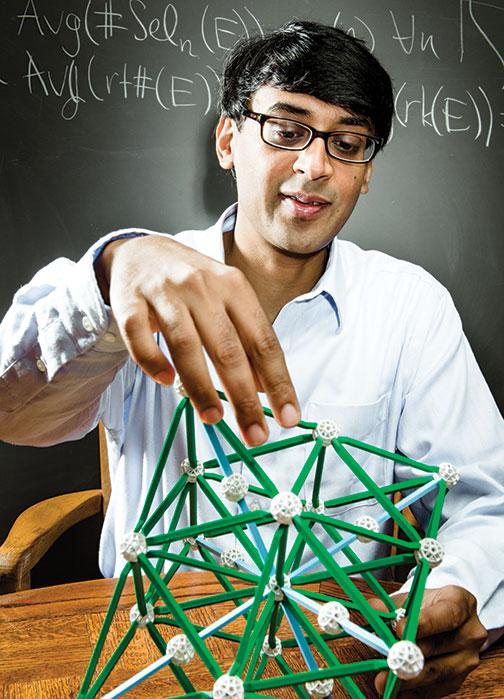 Photo:
Photo: 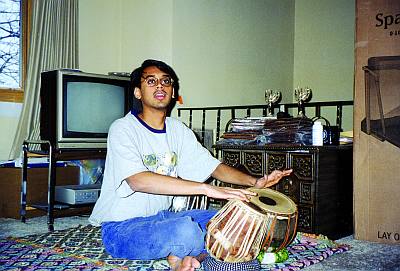

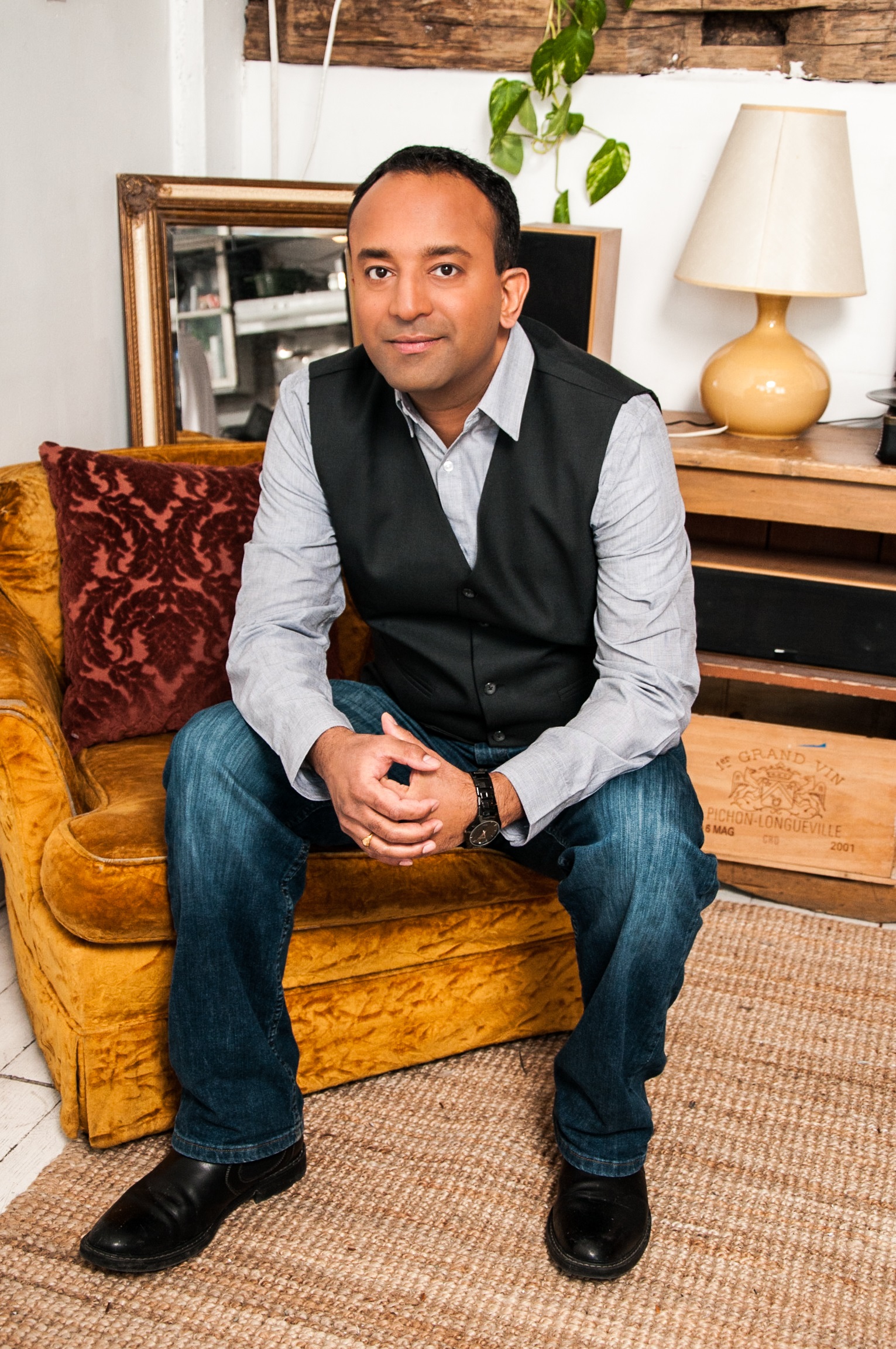
 Golfer's Edge is an indoor golf arena in Chennai[/caption]
Golfer's Edge is an indoor golf arena in Chennai[/caption]
 Ranjeet Singh Veer[/caption]
Ranjeet Singh Veer[/caption] Ranjit Singh Veer with his colleagues[/caption]
Ranjit Singh Veer with his colleagues[/caption]